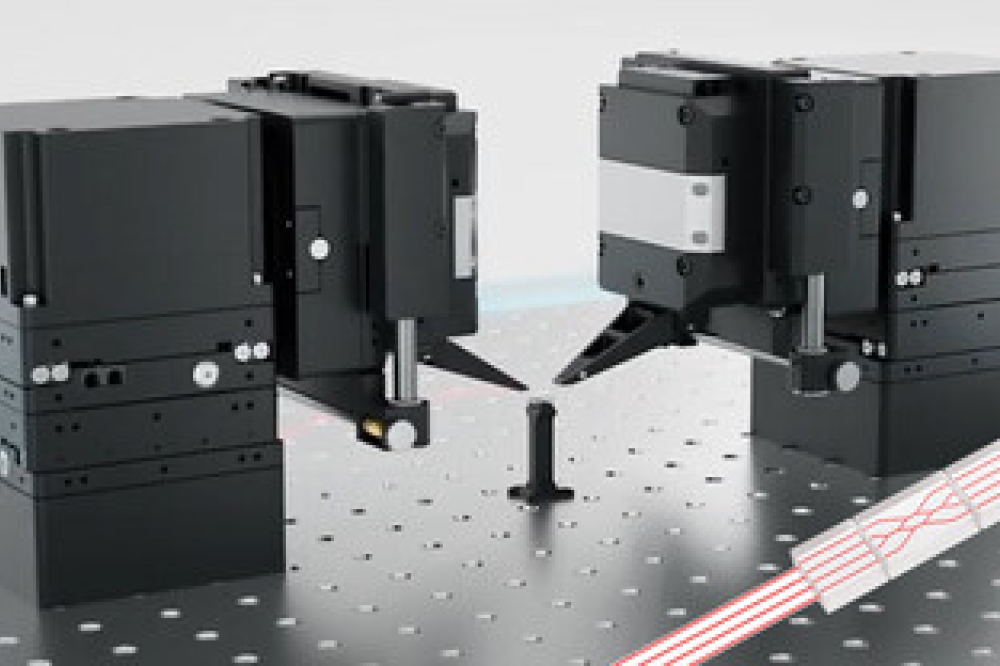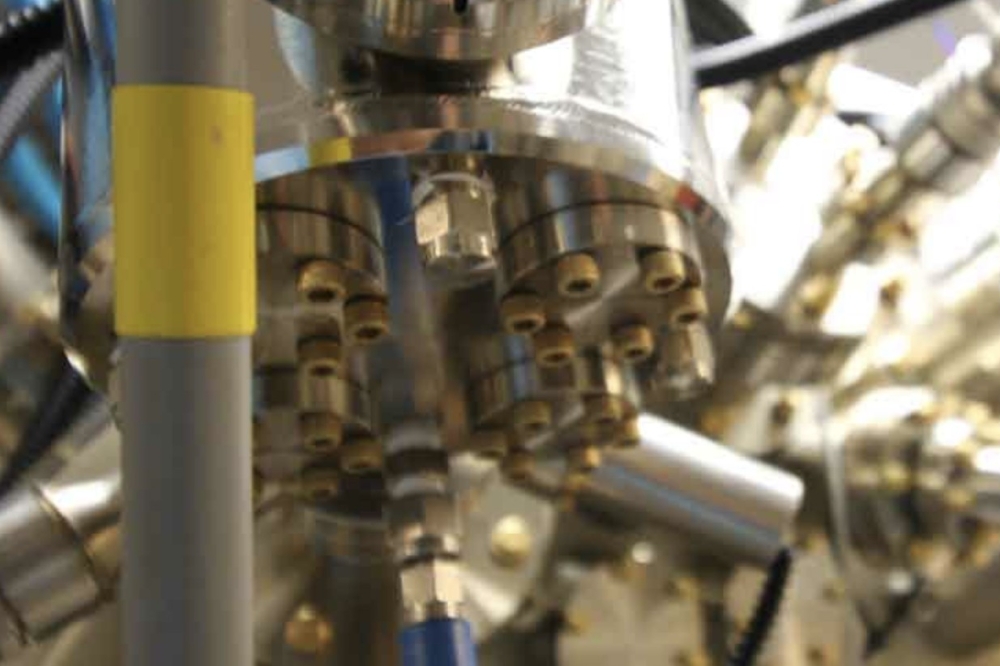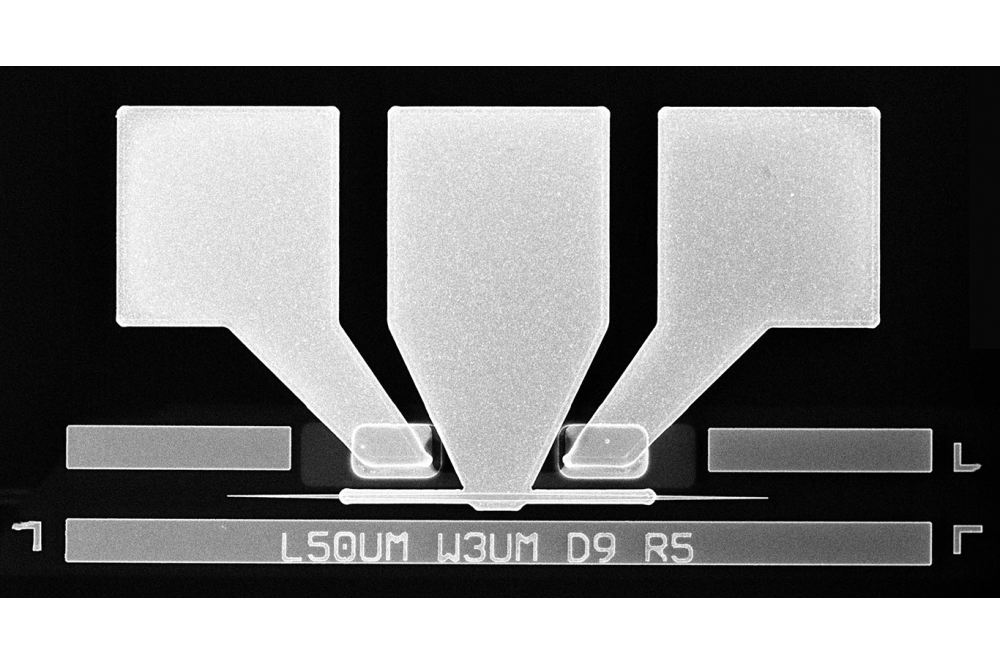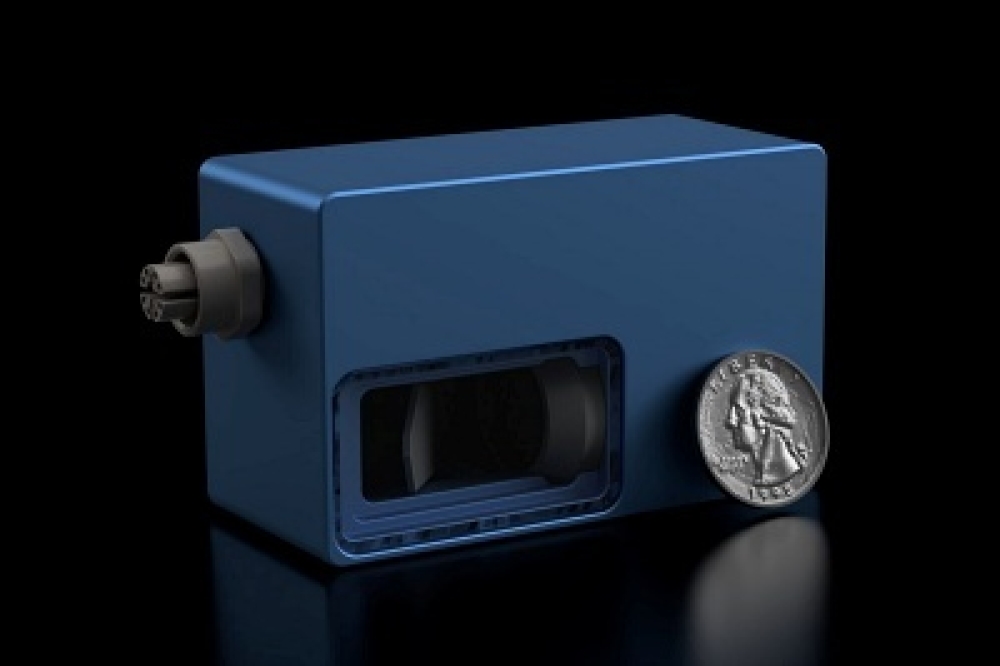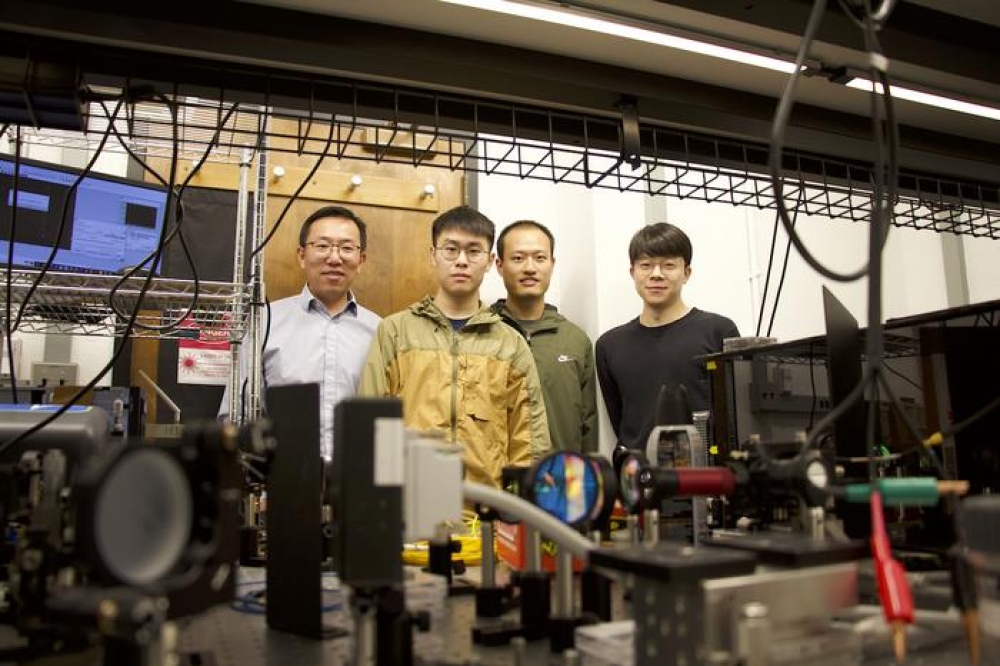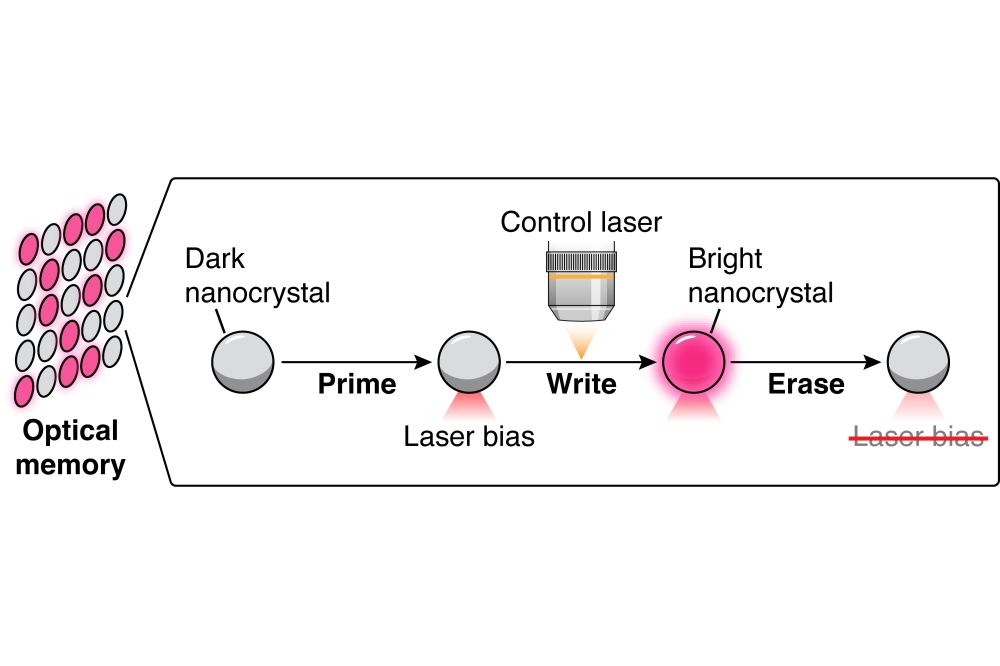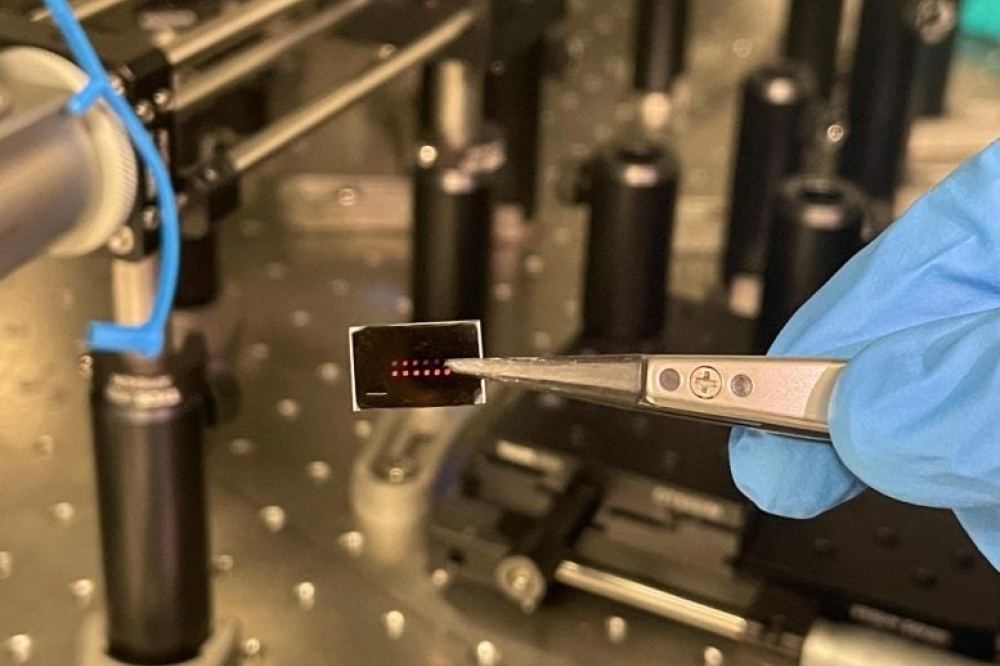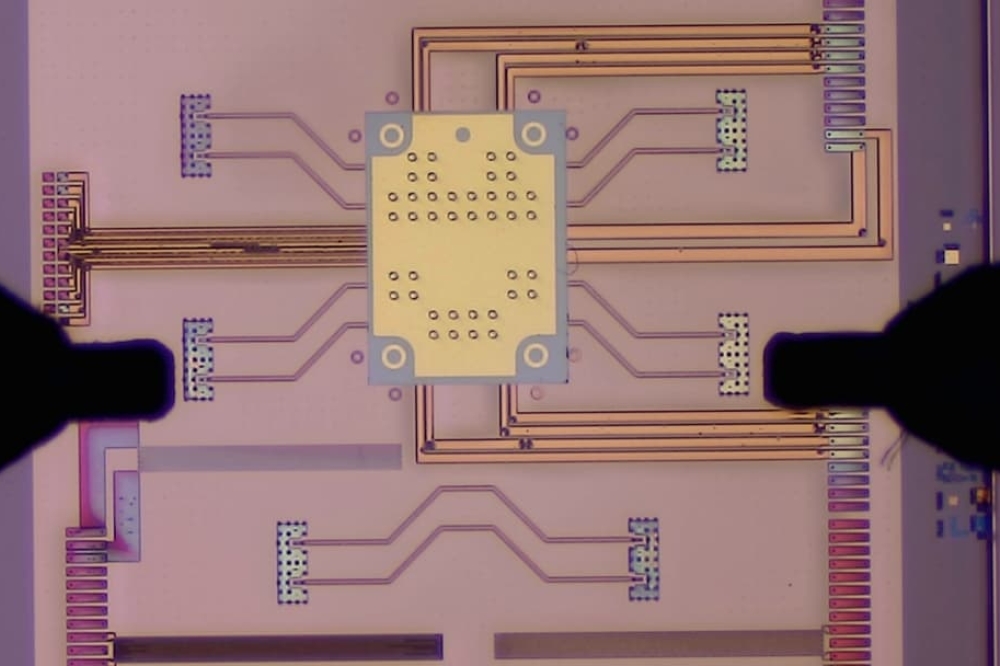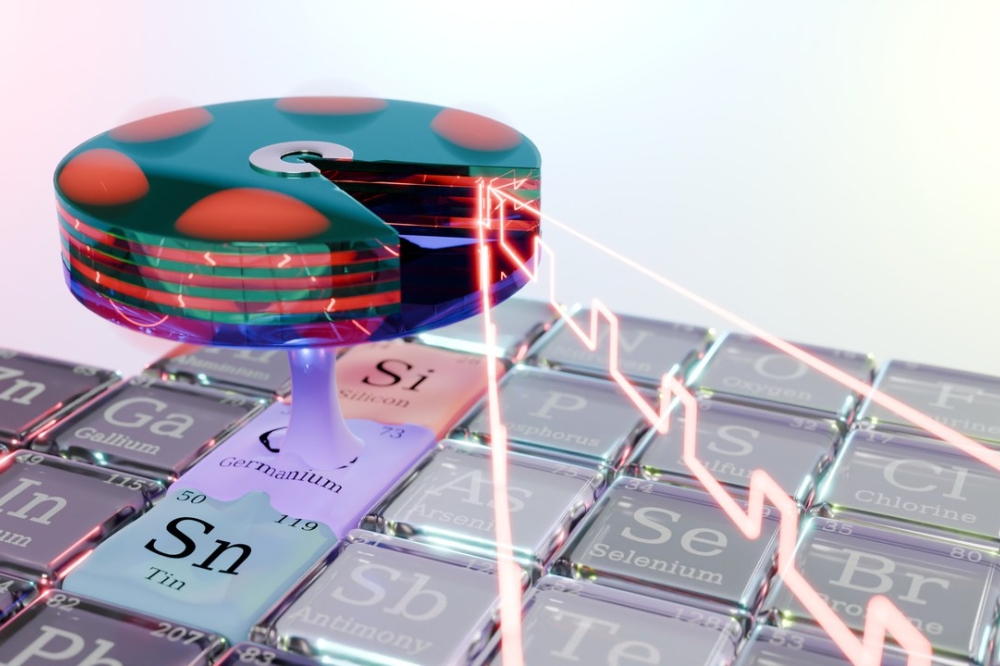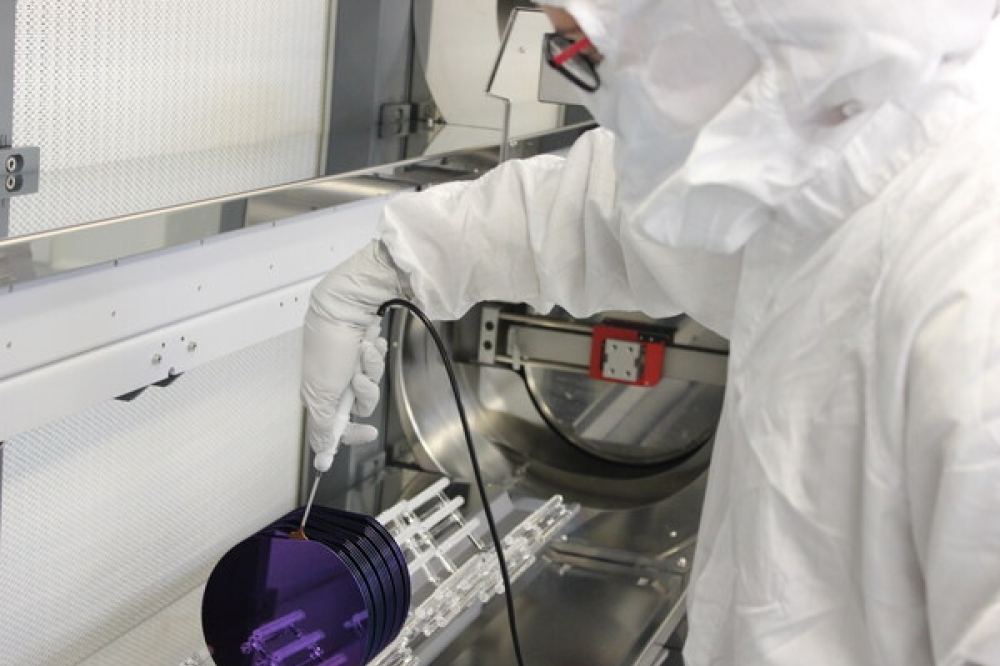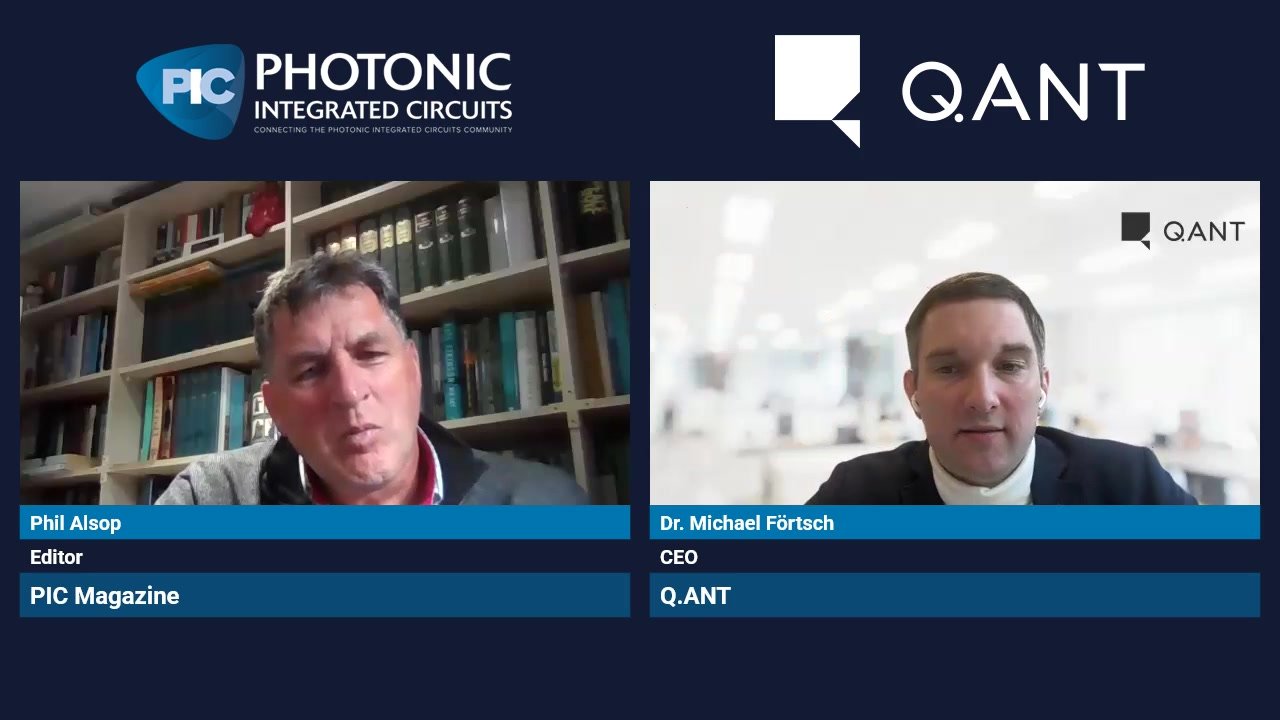VPIphotonics contributes to PlasmoniAC
Turning plasmons into neurons to revolutionize the landscape of brain-inspired computing through EU-funded PlasmoniAC research project
PlasmoniAC —“Energy- and Size-Efficient Ultra-Fast Plasmonic Circuits for Neuromorphic Computing Architectures” — is a new 3-year EU-funded project with a budget of almost 4 Million under the H2020-ICT-06-2019: Unconventional Nanoelectronics Call, launched on January 1st, 2020, aiming to release a whole new class of energy- and size-efficient feed-forward and recurrent artificial plasmonic neurons with up to 100 GHz clock frequencies and 1 and 6 orders of magnitude better energy and footprint efficiencies, comparing to the current state-of-the art.
PlasmoniAC consortium is strategically compiled from strong industrial and academic organizations which will work synergistically and complementary along the PlasmoniAC value chain. Starting from material engineering and core fabrication technology providers through device and circuit manufacturers up to system testing suppliers and computing industry vendors, PlasmoniAC team includes four distinguished universities: Aristotle University of Thessaloniki (GR), University of Southampton (UK), Swiss Federal Institute of Technology in Zurich (CH), and University of Burgundy - Franche-Comté (FR), two renowned international R&D centers: French National Center for Scientific Research (FR) and Interuniversity Microelectronics Centre IMEC (BE), the European research branch of one of the world’s largest computing technology developers and suppliers, IBM Research GmbH (CH), a dynamic SME with an excellent industrial and R&D track record, AMO GmbH (DE), one of the world’s largest capital equipment supplier and vendor in the area of DataCom components and systems, Mellanox Technologies Ltd (IL), and one of the leading photonic software design houses, VPIphotonics GmbH (DE)
VPIphotonics will develop an add-on model library of plasmonic devices for use in VPIphotonics Design Suite. The goal is for users to be able to build and simulate neuromorphic circuits and evaluate the performance of plasmonic-based deep neural network architectures.
Following a holistic hardware/software co-design approach, PlasmoniAC targets the following objectives:
i) to elevate plasmonics into a computationally credible platform with Nx100 Gb/s bandwidth, μm2-scale size and >1014 MAC/s/W computational energy efficiency, using CMOS compatible electro- and thermo-optic computational functions,
ii) to blend them via a powerful 3D cointegration platform employing photonic for interconnection, plasmonics for computations and nonvolatile memristor-based control of the neuron weights,
iii) to fabricate and demonstrate a whole new class of plasmonic neurons for feed-forward and recurrent neural networks, applying them towards IT security-oriented applications, and
iv) to embrace them into a properly adapted Deep Learning training model suite, ultimately delivering a neuromorphic plasmonic software design library.
As a coordinator, Aristotle University of Thessaloniki hosted the kick-off meeting on January 21-22, 2020 in Thessaloniki, Greece, gathering representatives of all partners in a highly inspiring atmosphere and announcing intensive collaboration within the network. With all members highly motivated, PlasmoniAC is now looking forward to the first results.



